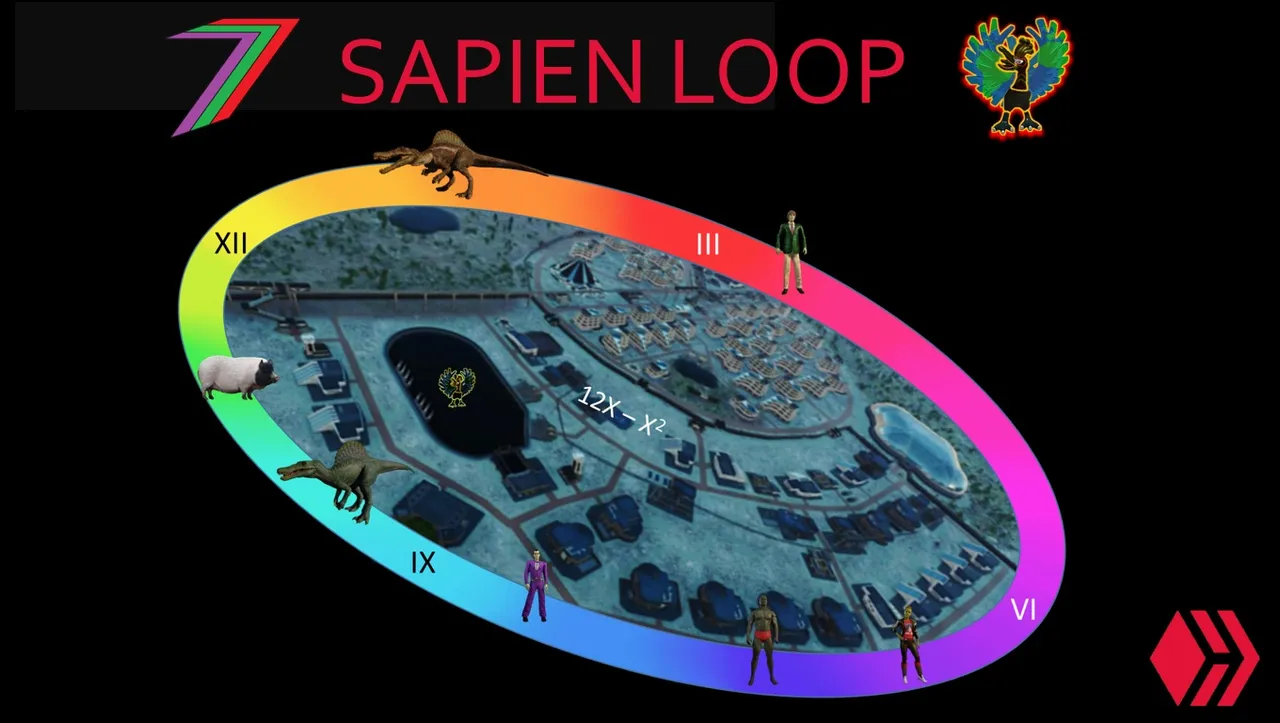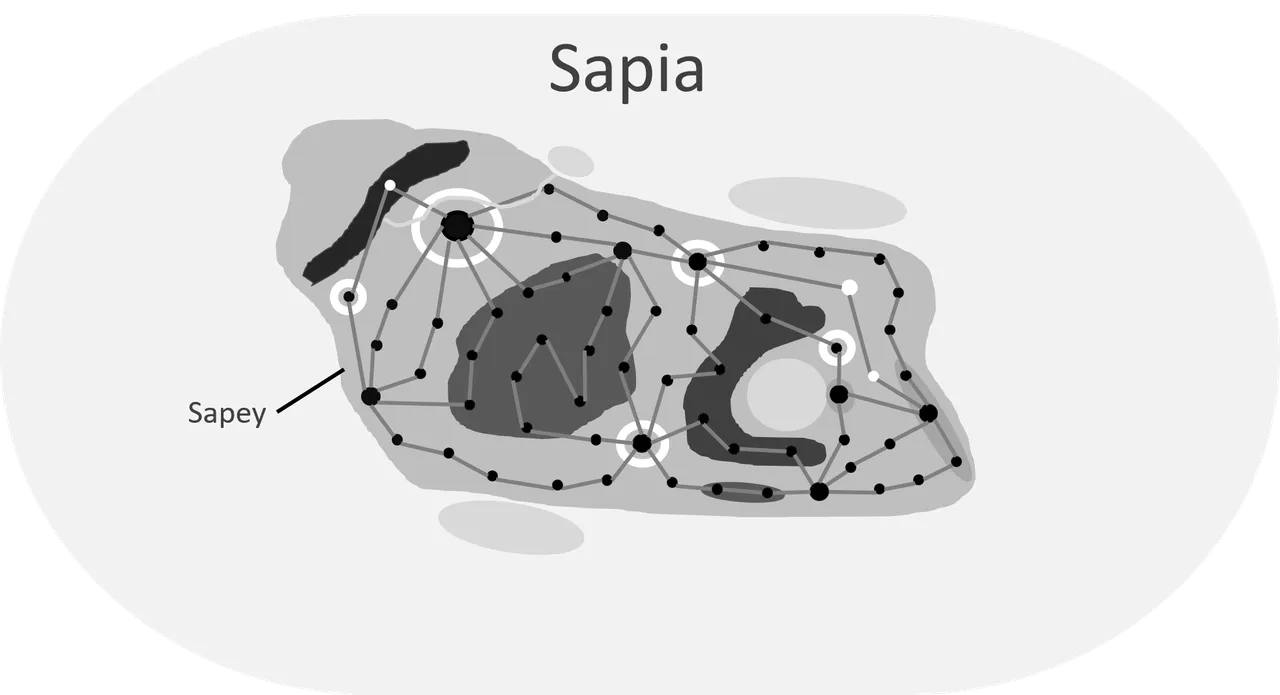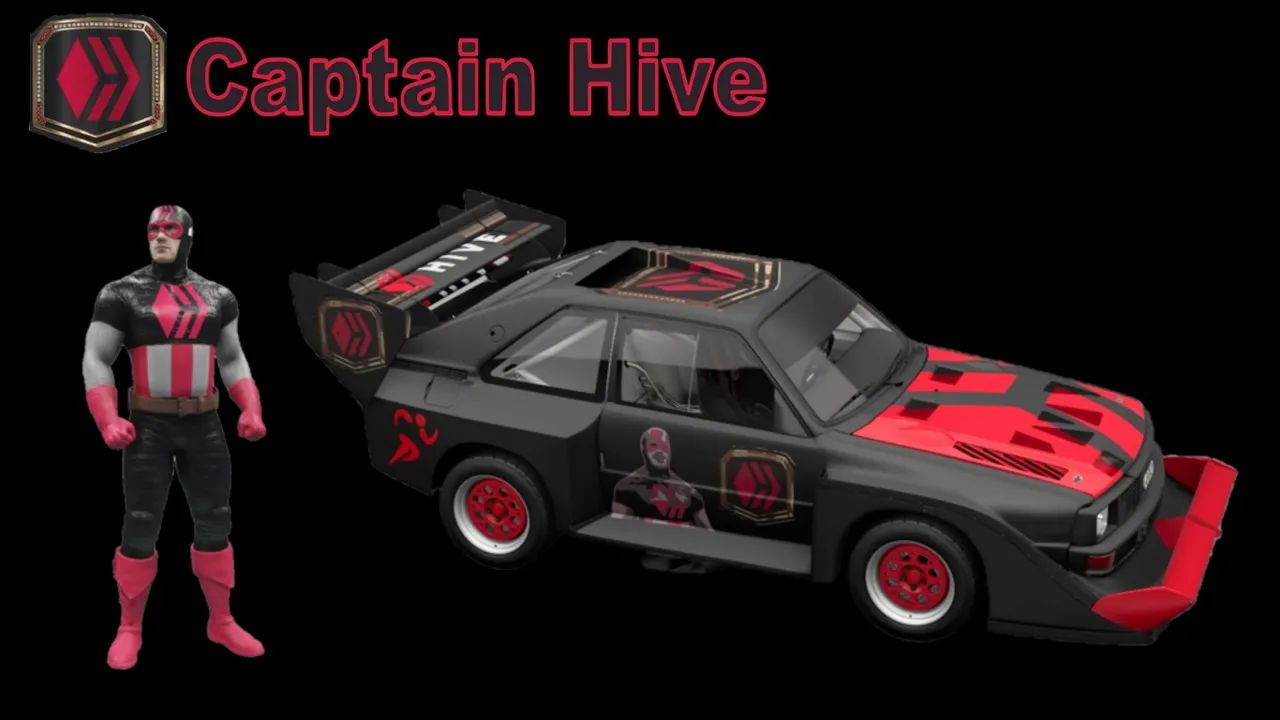
Prologue

Chapter 1: Sapey
Our days begin as they end. Darkness to light back to darkness. The seasons run in a continuous loop of spring, summer, autumn, winter, and back to spring. If it is cold now, one day it will be warm again. We have loops within loops. They occur daily, weekly, monthly, and annually. Some loops may span centuries or even millennia. Whatever is happening now will happen again. The mundane repeats frequently and the spectacular runs on a much longer loop.
Time has no beginning or end; it is eternal. The past is the future, the future is the past, and the present is both. Not all parts of the loop are of equal significance. Continuous darkness is interrupted by dawn. Continuous light is interrupted by dusk. We know this because we experience it every day. For the loops that are much longer, points of great significance may arrive unexpectedly. When they do, something truly amazing or horrifying occurs.
In this story, we cross the universe to a world very much like our own. It was a planet orbited by a moon. It spun on its axis while rotating around a great star. Like Earth, it experienced day and night and all the seasons. This planet was called Sapia. It consisted of one giant continent and was surrounded by a vast ocean, freckled with a few tiny islands. This continent was one country. This country was called Sapey.
Sapey had a very large, lush, and green centre; it supported most of the life on the planet. Sapey had two large mountain ranges, one in the northwest and the other in the east. These ranges were rich in resources. Sapey also had large uninhabitable areas. They were referred to as the ‘wastelands’. These areas did not support life as the ground was infertile, the water was toxic, and the low-lying air was contaminated by toxic particles off the surface.
Three types of species inhabited Sapey. These were the Sapiens, the Sapiods, and the Sapes.
Sapiens were the most intelligent species. They ruled and controlled the country and its resources. They considered the other types of species as subservient to them or as food. The Sapiens had advanced infrastructure and technology. They lived in predominantly self-sufficient, urbanised regions. High walls that served to block out the contamination from the wastelands surrounded these regions. Regions were located all over the country. New regions were built, when needed, to accommodate population growth.
Sapiens were tall and slender. They were humanoid in appearance. Their skin colour ranged between light green and medium brown. Their eye colour was mostly blue, but on rare occasions, it could be green. They were mostly hairless, with only a small amount of hair sprouting from the tops of their heads. They wore clothes to protect themselves from the elements, but clothes also had symbolic purposes. Clothing was selected based on type of work and sometimes status.
Sapiods had a very basic form of intelligence. This enabled them to perform simple and mundane tasks. Their physical strength enabled them to perform manual labour more efficiently and effectively than the Sapiens. They were very docile and did not use their physical strength in opposition to the Sapiens. They were also low-maintenance.
Sapiods required only minimal necessities to remain in sufficient health to carry out their duties. Most Sapiods were found in the lush green centre, where they worked on farmland and plantations. Some Sapiods worked on the outskirts of the larger regions in agriculture or industrial zones.
Sapiods were tall and muscular. They were also humanoid in appearance. They were similar in appearance to the Sapiens but slightly bigger. Their skin tones were duller than those of the Sapiens. Their hair was very sparse, and some had no hair at all. They wore minimal clothing because they did not need it. Their bodies were not sensitive to the heat or cold. A small item of clothing was sometimes used to identify the territory they worked in.
Sapes were considered to have low intelligence. They were unable to perform any form of work that could not be done more easily by Sapiods or technology. Typically, they were considered food. There were several types of Sape species. Some of them lived on land and were kept on farms in agricultural zones. These Sapes were rapidly bred to be large for consumption as meat. Some of them inhabited the sea. Many of these Sapes were reared on sea farms. A few Sape species would only inhabit areas far from the coast. They could not easily be farmed. Instead, they were often fished.
Sapes varied greatly in appearance. Almost all land Sapes walked on four legs. Most were heavy-set and did not move fast. Water Sapes had flippers instead of feet. All Sapes were believed to be vegetarians, but some could become aggressive if they felt threatened.
The Sapiens had become a highly modernised and technologically advanced civilisation. Despite the vast wastelands, it looked and felt like a true Sapien utopia. This was because the Sapiens had achieved something truly remarkable. They had eliminated poverty, war, and crime. All their basic needs were met. No one was excluded. Clean water, healthy food, homes, clothing, energy, healthcare, education, childcare, and even basic technology were available free of charge to all. These were referred to as ‘rights’ and were immutable.
Sapiens could choose not to work and still have access to all these ‘rights’. However, most Sapiens chose to work. They did so to obtain ‘privileges’. ‘Privileges’ enabled Sapiens to enjoy non-essential things such as holidays, upgrades to their homes, nicer clothing, jewellery, and many others. Working also enabled them to progress in their careers and obtain self-fulfilment. What the Sapiens earned from their work was their own. They did not pay taxes of any sort. Other than ‘rights’, there were no disincentives to work. Sapiens had established a system that achieved all the advantages of both socialism and capitalism without any of the disadvantages. They had managed to sustain this system for decades. As technology improved, so did the quality of life for all.
Future of Social Media

Captain Hive is here

Remember to catch me on Spectrumecons, click link below.

